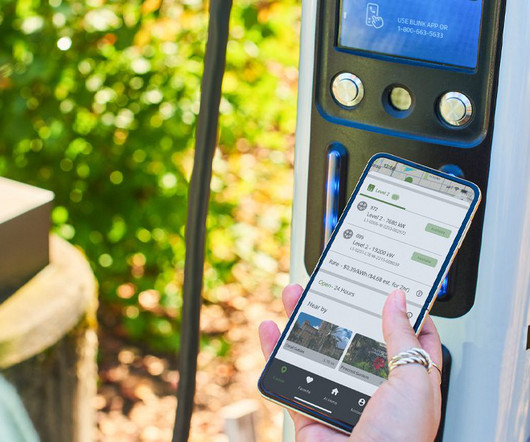Johnson Controls breaks ground on fully-integrated automotive lead-acid battery recycling facility in US; targeted opening in 2012
Green Car Congress
JANUARY 18, 2011
broke ground on a fully-integrated automotive lead-acid battery recycling facility in Florence, S.C. The facility is the first facility of its kind to receive an air permit in the United States in nearly 20 years. The post-consumer lead and polypropylene from the batteries will be reused to make more batteries.











Let's personalize your content